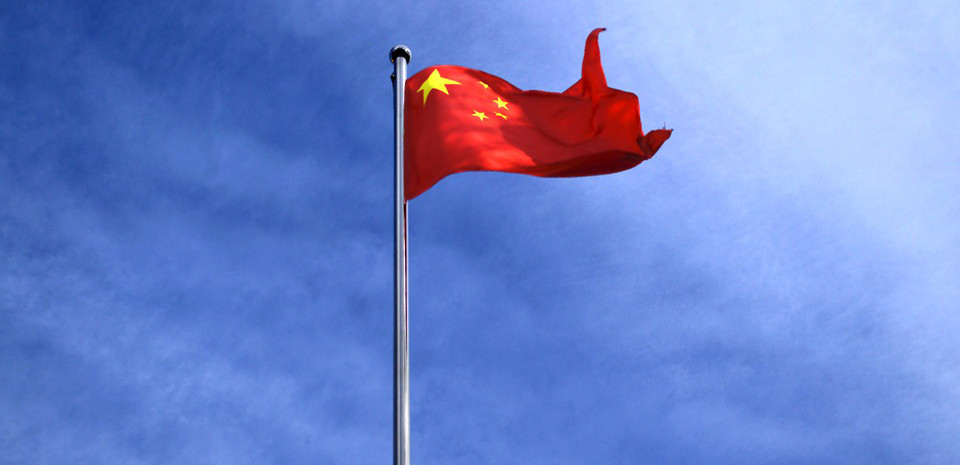China currently has an approximately RMB 120 billion (US$17.4 billion) subsidy backlog, Reuters reports.
According to the National Energy Administration (NEA) northwest China bureau October 11 report, the payment delays are causing some Ningxia projects to be unable to afford maintenance fees. Many projects are taking on high-interest loans.
Liutong Zhang, director of energy and gas consultancy WaterRock Energy Economics in Hong Kong, told pv magazine that there are two payment components for wind and solar projects in China: on-grid coal tariffs; and subsidies. Although the on-grid coal tariff is paid on time every month by grid companies, he said it is not enough to match the debts of solar plant owners.
Zhang said projects commissioned after February 2015 have not received subsidy payments yet. “Ningxia is likely to [be] the province that is hit the worst as it has the lowest on-grid coal tariff in China,” he said.
In the future, he thinks the situation will likely get even worse before improving. “More projects in Ningxia and other provinces in Northwest and Central China, especially for those not owned by companies with deep pocket,” he said, “will likely experience cash flow problems.”
He added that he thinks they will not need to be closed, but probably will have to sell part of their “equity” stake to other companies at “distressed” pricing.
Popular content
Some analysts are less optimistic. Morgan Kuo, an executive advisor at WiSolPro Consulting in Taiwan, told pv magazine, “The end of this story will be consolidation.”
A policy expert in mainland China, speaking on condition of anonymity, said that subsidy delays have been a problem for the solar industry for a while, but they have been getting worse because, although the country’s PV capacity is increasingly “strongly”, the surcharge for electricity prices has stayed more or less the same. Solar receives the most new FIT money.
In May, China’s National Development and Reform Commission announced it was ending subsidies and scaling back PV installations. pv magazine reported in August that a source close to the NEA said the agency was considering a new quota for distributed solar projects that would not have specific government subsidies, but rather methods for reducing “non-technical” costs, such as taxes.
By Andrew Silver
This content is protected by copyright and may not be reused. If you want to cooperate with us and would like to reuse some of our content, please contact: editors@pv-magazine.com.


By submitting this form you agree to pv magazine using your data for the purposes of publishing your comment.
Your personal data will only be disclosed or otherwise transmitted to third parties for the purposes of spam filtering or if this is necessary for technical maintenance of the website. Any other transfer to third parties will not take place unless this is justified on the basis of applicable data protection regulations or if pv magazine is legally obliged to do so.
You may revoke this consent at any time with effect for the future, in which case your personal data will be deleted immediately. Otherwise, your data will be deleted if pv magazine has processed your request or the purpose of data storage is fulfilled.
Further information on data privacy can be found in our Data Protection Policy.